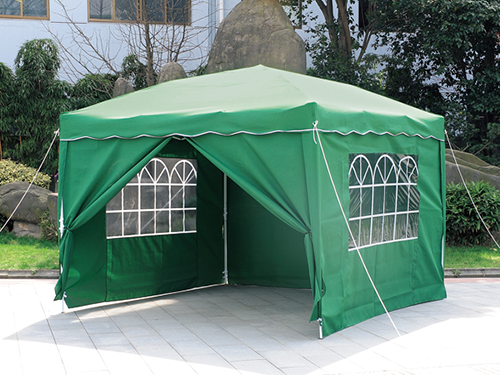Customer expresses intent; Communicate between the two parties; Provide analysis reports to customers; Reach a cooperation intention.
Materials:
The main material used to make most waterproof tents is silnylon or silpoly. These fabrics are commonly impregnated with a thin layer of silicone before they leave the textile mill.
Waterproof Rating:
Tents are often given a waterproof rating on their fabric, which is usually measured in inches of water per square foot. This number is called the hydrostatic head value and is a rough guide to how much water pressure a tent can withstand without leaking.
Seam Sealing:
Regardless of the type of material a tent is made of, it is not waterproof unless all seams are sealed. Seams that are not taped, welded, or heat-sealed can let in a lot of water and can lead to tent failure.
Condensation:
Another common problem with tents is condensation forming inside them. It happens when water and air are trapped in a closed space and it takes time for the moisture to escape. This can create a moldy and uncomfortable environment, so ventilation is important for staying comfortable in your tent.


 English
English Español
Español












